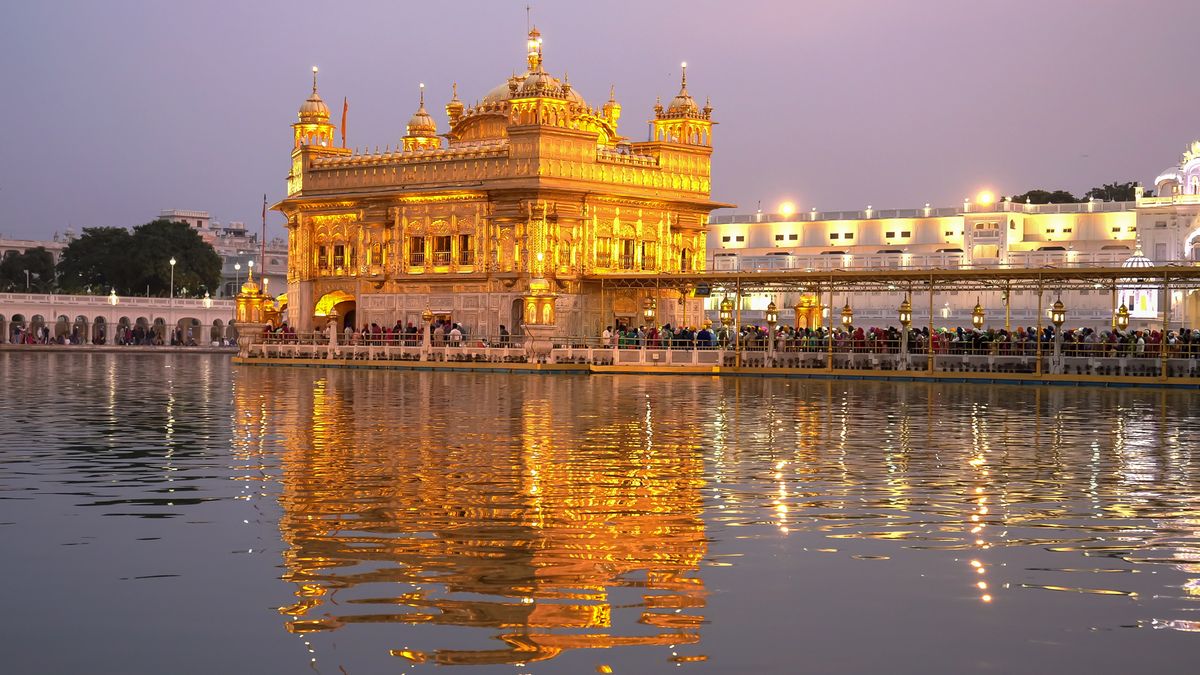See all Attractions in Prague
National Gallery - Convent of St Agnes of Bohemia - (Klášter sv. Anežky České - Národní galerie v Praze)
Anežská 12/U Milosrdných 17 Praha 1 - Staré Město Phone: 224 810 628 http://www.ngprague.czAbout
The Convent of St. Agnes of Bohemia located on the site called Na Františku is considered to be the first Gothic building not only in Prague, but generally in Bohemia. It was founded by King Wenceslaus I of Bohemia in the years between 1233 and 1234 on the initiative of his sister Agnes for the Order of Saint Clare that Agnes introduced into Bohemia and of which she was the first abbess. The predecessor of the monastery was a hospital. The Poor Clares originated as an offset of the Order of Friars Minor, which traced its origin to Saint Francis of Assisi, thus the convent was once called Assisi of Prague. Agnes was an extraordinary spiritual personality of the 13th century. In addition to the convent of the Poor Clares where she became the abbess, she also founded the only Czech religious order – the Knights of the Cross with the Red Star. Agnes of Bohemia was canonized in 1989. | The Convent of St. Agnes of Bohemia is a complex of two objects – the convent of the Poor Clares and the monastery of the Friars Minor, which was founded in the neighborhood. A remarkably long one-storey building of the convent of the Poor Clares is made of gray brick wall, carefully pointed in the Romanesque vault, and it is the oldest preserved brick architecture in Prague. A two-nave of the St. Francis Church was built perpendicularly to the convent and it has got the early Gothic forms. In the years between 1245 and 1260, an ambulatory and a convent kitchen were built. A chancel was attached to the nave of the Church of St. Francis and the church was assigned to the Monastery of the Friars Minor.The chancel has been preserved intact except the window traceries. In the southern wall of a lateral nave there is the oldest Gothic window in Prague and also in all Central Europe. However, the vault of the church collapsed in the past and the space is covered with a new modern roof with glued wooden structure. The top of the roof at a height of 37m exceeds other roofs in surroundings. During the renewal, the entire western gable and a part of the southern gable of the church had to be bricked with artificial sandstone slabs, which are cast from a mixture of quartz sands with resin, colored by earthy ochre and heated in order to harden the mass into a stone. The collapsed nave was reconstructed into Josef Mánes Hall, which is used for musical productions.A church of an unknown dedication was built for the Poor Clares prior to the convent and it was interconnected to the Chapel of St. Mary Magdalene on the north side. A higher Church of St. Salvatore (kostel sv. Salvátora) from the years between 1270 and 1280), which is the first proof of the French Gothic in our country, was built up to the church of an unknown dedication. A part of the church of an unknown dedication constitutes today the nave of the St. Salvatore’s Church and is connected to it on the west side by an arcade. An entrance into a chancel of this church is created by triumphal shaped semi-arch decorated with heads of crowned figures of kings and queens. A space of the chancel was probably established as a royal burial site. There were buried King Wenceslaus I (Václav I) and Queen Kunigunda of Slavonia (Kunhuta Uherská), the second wife of King Ottokar II of Bohemia (Přemysl Otakar II), as well as a daughter of King Wenceslaus II (Václav II). The tombstones of both women are engraved. This technique was probably taken from France where it was then usual. However, the grave of Saint Agnes is unknown. On the wall of the chancel there are remains of paintings from the 14th century. The convent built by Agnes of Bohemia was the most imposing and at that time the most modern architecture of 13th century in Prague, worthy of its royal founder.During the Hussite wars, the Clarisse left their convent and the buildings gradually fell into disrepair. In the engraving that shows the invasion of the Pas





